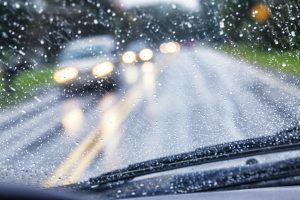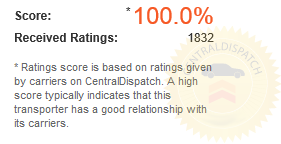Reducing your speed
Other precautions to take

Reducing your speed
Reducing your speed when driving in heavy rain in Hawaii is of paramount importance for the safety of both yourself and other road users. Heavy rain can significantly impair visibility, reduce traction, and create hazardous road conditions, making it crucial to exercise caution and adapt your driving behavior accordingly.
Rain can drastically reduce visibility on the road. Water on the windshield can blur your view, and heavy rain can make it difficult to see other vehicles, pedestrians, or obstacles. By slowing down, you give yourself more time to react to unexpected situations and make better-informed driving decisions.
When rainwater accumulates on the road surface, it can lead to hydroplaning. Hydroplaning occurs when your tires lose contact with the road due to a layer of water. Reducing your speed decreases the risk of hydroplaning by allowing your tires to maintain better contact with the road, thus improving your control over the vehicle. Wet roads reduce your car’s ability to stop quickly. Rainwater mixes with oil and debris on the road, creating a slick surface. Slowing down gives you more time to apply the brakes gently and come to a complete stop without skidding or sliding.
Rain can lead to slippery roads and decreased maneuverability. Driving at a lower speed allows you to have a better reaction time if you encounter unexpected obstacles or other drivers making sudden maneuvers. Slowing down provides a larger safety margin. It gives you more time and space to make necessary lane changes, merges, and turns, reducing the risk of collisions or dangerous situations.
Reduced speed also means less spray, which is particularly important when driving in heavy rain. High speeds can create significant water spray behind your vehicle, impairing the visibility of drivers following you. Slowing down minimizes this effect and enhances overall road safety. Driving in heavy rain can be stressful. Reducing your speed can help you feel more in control and less anxious, promoting a calmer and safer driving experience.
Other precautions to take
Driving safely in heavy rain goes beyond simply reducing your speed. While slowing down is essential, there are several other crucial practices and precautions to follow to ensure your safety and that of others on the road.
Keep a safe distance from the vehicle in front of you. In wet conditions, it takes longer to stop, so leaving extra space provides more time to react if the vehicle ahead suddenly brakes. Even during daylight hours, turning on your headlights increases your visibility to other drivers. This helps oncoming traffic and vehicles behind you see your car more clearly.
Ensure your windshield wipers are in good condition and use them at an appropriate speed to keep your windshield clear. Additionally, use defrosters to prevent fogging on the inside of your windows. In wet conditions, it’s best to maintain manual control over your speed and throttle. Avoid using cruise control, as it may make it harder to react quickly to changing road conditions.
Water tends to pool in the outside lanes of the road, so staying in the middle lanes can reduce the risk of hydroplaning. Be cautious when driving through puddles and areas of standing water. Hydroplaning is more likely to occur in these situations. Drive through them at a controlled speed or consider finding an alternate route. Sudden acceleration, braking, or sharp turns can lead to loss of traction. Maintain smooth and gradual movements to keep control of your vehicle.
Ensure your tires are in good condition with proper tread depth and inflation. Bald or under-inflated tires are more prone to hydroplaning. Focus solely on driving and minimize distractions like phone use or adjusting the radio. In heavy rain, your full attention is needed on the road. Pay attention to weather forecasts and road condition updates. If the conditions are extremely severe, consider postponing your trip or finding an alternative mode of transportation.


